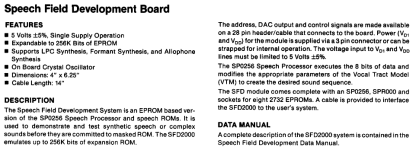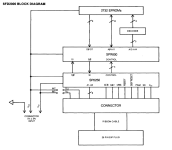fjkraan
Experienced Member
Hi,
Anyone aware of a TMS7000 assembler that uses the syntax of the original Texas Instruments Assembler? The syntax is well described in the 1989_TI_TMS7000_Family_Data_Manual (original at bitsavers, and a version with bookmarks or proper page numbers at https://electrickery.nl/comp/tms7k/doc/SPND001C_TI_TMS7000_Family_Data_Manual_1989_BM.pdf).
There is the open source libasm (https://github.com/tgtakaoka/libasm/tree/main) for multiple processors, but is has a different syntax, which looks more 'standard, but not very well documented. I am making a quick and dirty cheat sheet for this, but would prefer something already documented. I use Linux, but a DOS version might also work with DosBox.
Greetings & thanks,
Fred Jan
Anyone aware of a TMS7000 assembler that uses the syntax of the original Texas Instruments Assembler? The syntax is well described in the 1989_TI_TMS7000_Family_Data_Manual (original at bitsavers, and a version with bookmarks or proper page numbers at https://electrickery.nl/comp/tms7k/doc/SPND001C_TI_TMS7000_Family_Data_Manual_1989_BM.pdf).
There is the open source libasm (https://github.com/tgtakaoka/libasm/tree/main) for multiple processors, but is has a different syntax, which looks more 'standard, but not very well documented. I am making a quick and dirty cheat sheet for this, but would prefer something already documented. I use Linux, but a DOS version might also work with DosBox.
Greetings & thanks,
Fred Jan


